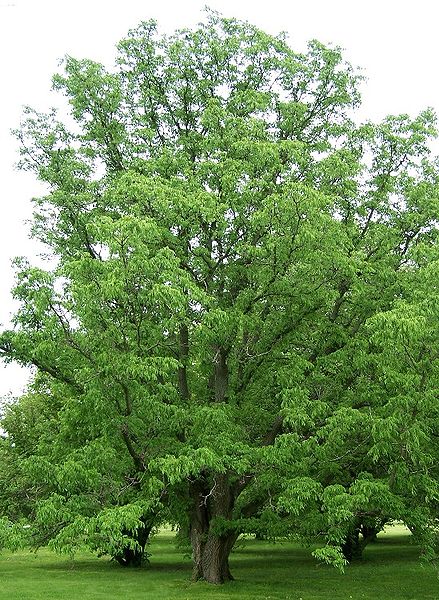Amur corktree has reported to be invasive in Illinois, New York, Pennsylvania and Virginia, andMassachusetts. Based on its USDA hardiness rating, corktree could occur in Zones 4 to 7, possibly even 3 to 9. Although some have recommended corktree for use in landscaping and as a street tree in parts of the U.S., its ability to withstand urban pollution, root constriction, and frost is highly variable.
Amur corktree was introduced to the U.S. around 1856. The Harvard University Arnold Arboretum first acquired the sachalinense variety of the tree in 1901 and the true amurense variety in 1906. By 1933, the New York Botanical Garden reported it to be naturalized in their forests, where it remains today. The bark of Amur corktree has been prized for its use in traditional medicine in China, India and Japan. The inner yellow bark was used to make a special dye in ancient China and to make yellow paper for governmental and religious documents. In this country the tree has been used as an ornamental and street tree and is widely planted on college campuses. Demand for corktree and its varieties as a street tree are increasing as shown by a recent study of urban foresters in Ohio. The strong, rot resistant wood is useful for creating railings and bollards for erosion control.

